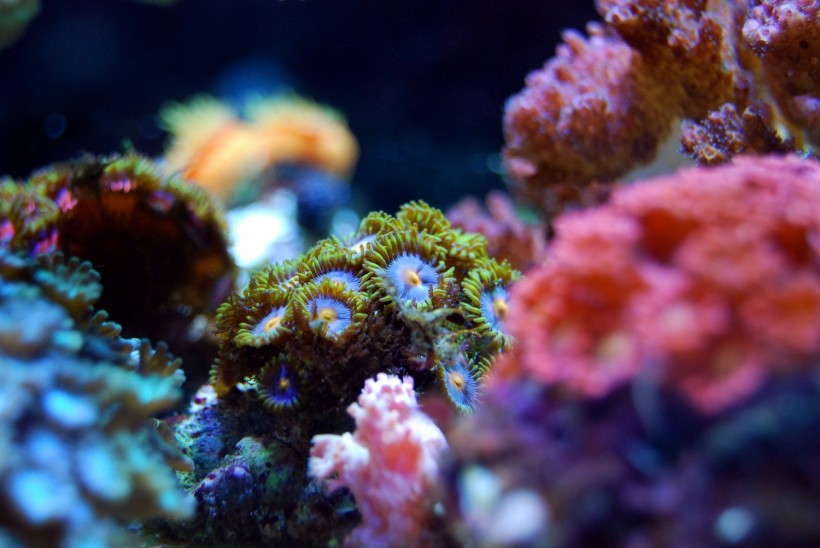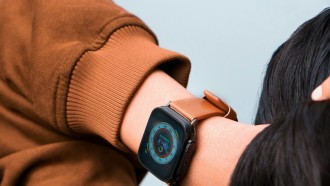Researchers at Southern Cross University and Commonwealth Scientific and Industrial Research Organisation (CSIRO) have achieved a significant milestone by implementing underwater macrophotogrammetry to closely monitor and study the recruitment of corals and other attached organisms on the Great Barrier Reef.
The study demonstrates how macrophotogrammetry, or this cutting-edge imaging technique offers new opportunities for scientists to observe and track the settlement of corals at an astonishingly fine scale directly on the reef.

Monitoring Baby Corals
Traditionally, monitoring the recruitment of corals, particularly at the submillimeter scale (less than 1 mm), involved using artificial plates attached to the reef, which were later examined under microscopes to quantify newly settled corals.
However, with the new underwater macrophotogrammetry approach, scientists can now directly observe and document the recruitment of tiny organisms, such as two-month-old corals, within their natural habitat on the reef.
The technique combines macrophotography, which involves capturing close-up photographs at high resolution to visualize organisms smaller than 1 mm, and photogrammetry, which is a method that stitches these photos together to create three-dimensional (3D) models of small reef portions.
One of the primary applications of this new method is to monitor the recruitment success of newly settled corals following coral larval restoration interventions. These interventions involve releasing microscopic larvae, raised in floating coral nursery pools, onto reefs damaged by climate change impacts to aid in their recovery.
Dr. Marine Gouezo, the lead author and Post-Doctoral Researcher at Southern Cross University in Australia, highlighted the significance of the technique, explaining that it allows researchers to observe coral recruitment at an unprecedented scale, which was previously invisible to the human eye.
The method enables observations of organisms as small as 0.5 millimeters, providing valuable insights into their behavior and distribution over time in their natural environment.
Underwater Macrophotogrammetry
According to the team, the underwater macrophotogrammetry method is cost-effective, and it eliminates the need for equipment installation on the reef or access to laboratory microscopes for large-scale projects like Coral Larval Restoration on the Great Barrier Reef.
The technique creates a lasting three-dimensional (3D) record of small reef sections, enabling a detailed understanding of the organisms associated with the reef in their natural habitat.
Moreover, the recent progress in modern photography, along with underwater camera capabilities and 3D model reconstruction software, has brought a revolution in coral reef research.
The digitization of the monitoring process paves the way for automated processing and machine-learning techniques, significantly improving the efficiency of coral reef monitoring and restoration endeavors.
"The macrophotogrammetry method provides researchers with a monitoring approach to understand the hidden dynamics of marine life at unprecedented detail. I am excited about its potential to drive marine ecological research and restoration efforts forward," said Gouezo.
The team's findings were published in the journal Methods in Ecology and Evolution on Wednesday.
Related Article: Chinese Scientists Uncover Shocking Depth of Snow on Mount Everest, Their Findings Will Surprise You






